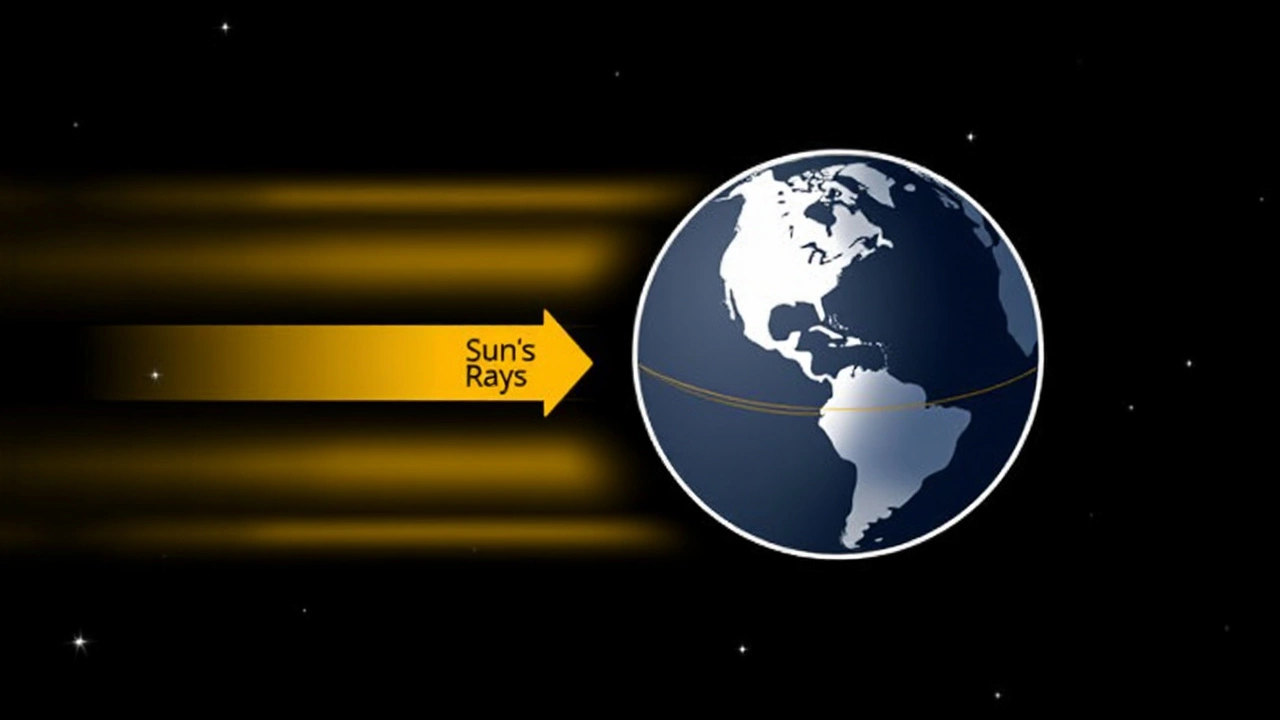Sun at Its Peak: What Happens During the Summer Solstice 2025?
Friday, June 20, 2025, isn’t just any Friday—it’s when the summer solstice hits, right at 10:42 p.m. EDT. That’s the moment when the Sun reaches its highest and northernmost position in our sky, beaming straight down on the Tropic of Cancer at 23.5° north latitude. If you live in the Northern Hemisphere, that's your cue for the longest stretch of daylight you'll get all year—with places like Philadelphia soaking up about 15 hours under the sun.
Why does it happen? It all comes down to Earth’s axial tilt—about 23.44°. As our planet orbits the Sun, there’s a point in June when the north pole is tilted closest toward the Sun. That’s what triggers this annual burst of extra sunlight for everyone living north of the equator. At the same time, folks in the Southern Hemisphere are bundled up, since it marks their winter solstice and their shortest day of the year.
When the solstice happens, people often talk about the Sun "standing still." It’s not literal, of course—nothing in space ever just stops. But if you track where the Sun rises or sets each day, you’ll notice that its position on the horizon appears to hover at its furthest point north, almost pausing before reversing direction. That’s actually where the term “solstice” comes from—Latin for “Sun standing still.”
Solstice in Culture and Nature: The Human (and Cosmic) Story
The summer solstice isn’t just an astronomer’s holiday. All over the world, and throughout history, people have marked this turning point. In Northern Europe, it’s tied to ancient midsummer festivals—think bonfires, all-night gatherings, songs, and even rituals meant to chase away bad luck and welcome abundance. In many places, farmers used this as a sign for the real start of the growing season.
- Stonehenge in England lines up with the solstice sunrise, drawing crowds who want to see history and the cosmos align.
- In Scandinavia, people decorate maypoles and celebrate with dances and food during the "midsommar" festival.
- In the U.S., cities host everything from sunrise yoga sessions to late-night concerts to welcome the extra daylight.
What’s wild is the date isn’t the same every single year—it drifts between June 20 and 22. That shift isn’t random; it’s thanks to Earth’s slightly off-center, elliptical orbit, plus that ever-important axial tilt. Our calendar can’t perfectly sync with the cosmos, so there’s a bit of wiggle room year by year. The mechanics are a reminder that our sense of time comes from astronomical cycles, not the pages on a wall calendar.
Wherever you are on June 20, 2025, just look up. If you’re in the Northern Hemisphere, enjoy the long, light-filled hours—they won’t last forever. And if you’re down south, hang tight: your long summer days are still ahead.
